Father, son from N.S. served in Italy 80 years ago. Only one came home
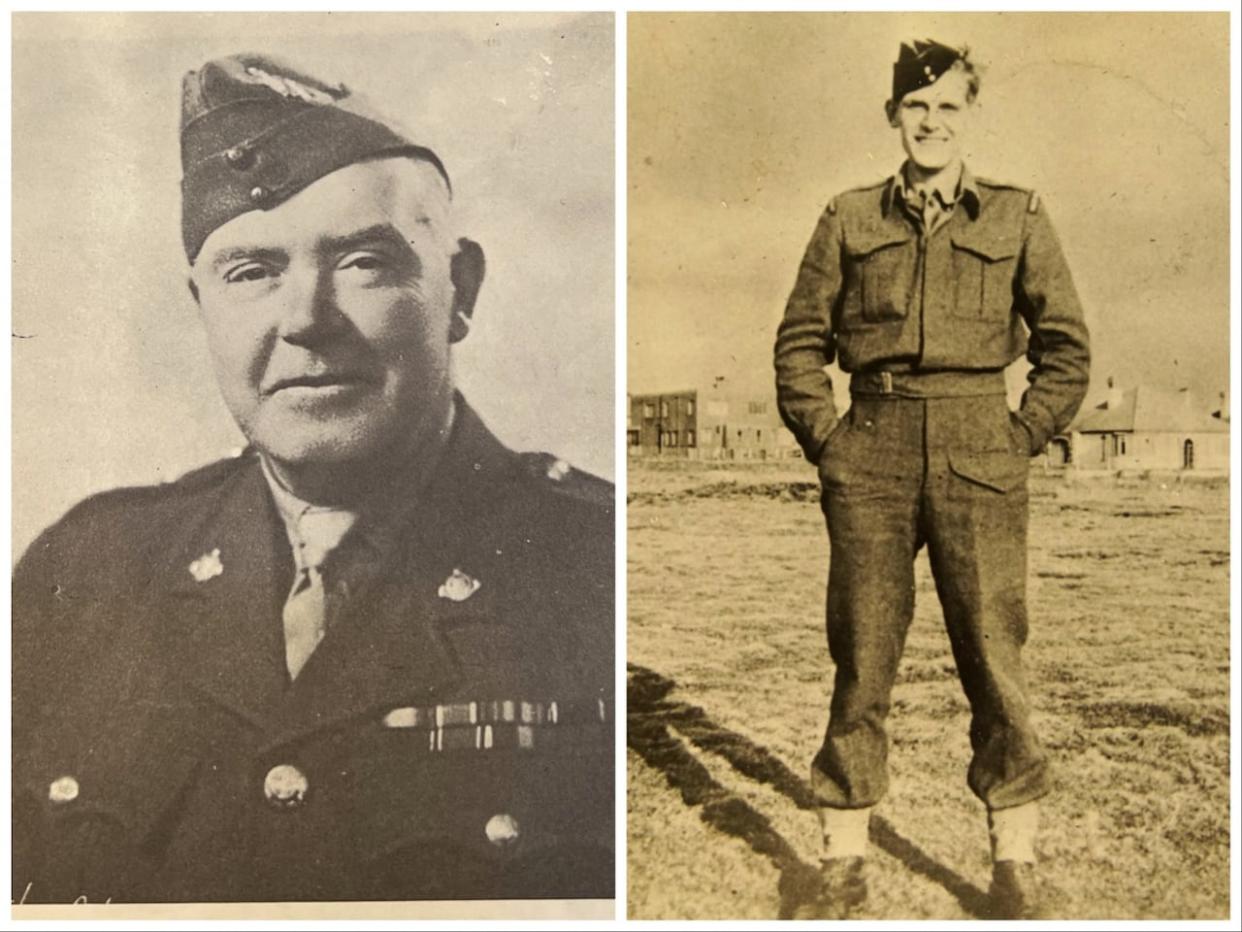
Nova Scotia's Reginald Warren Bullock was in a field hospital in the Ortona, Italy, area in early 1944 when he had a visitor.
His father, Gerald Wetherall Bullock, had been summoned because of the severity of the injuries. Reginald had been wounded by a shell as he worked to repair a telephone wire.
"Good show, dad," Reginald, 23, said with a smile. "I knew you'd come."
Wednesday is 80 years to the day of Reginald's death.
He was in Italy as part of the Italian Campaign, an effort by the Allies to loosen Adolf Hitler's grip on Europe. By fighting in southern Europe, the Allies believed it would spread German manpower and make it easier to take western Europe during the Allied invasion of Normandy, France, on D-Day.
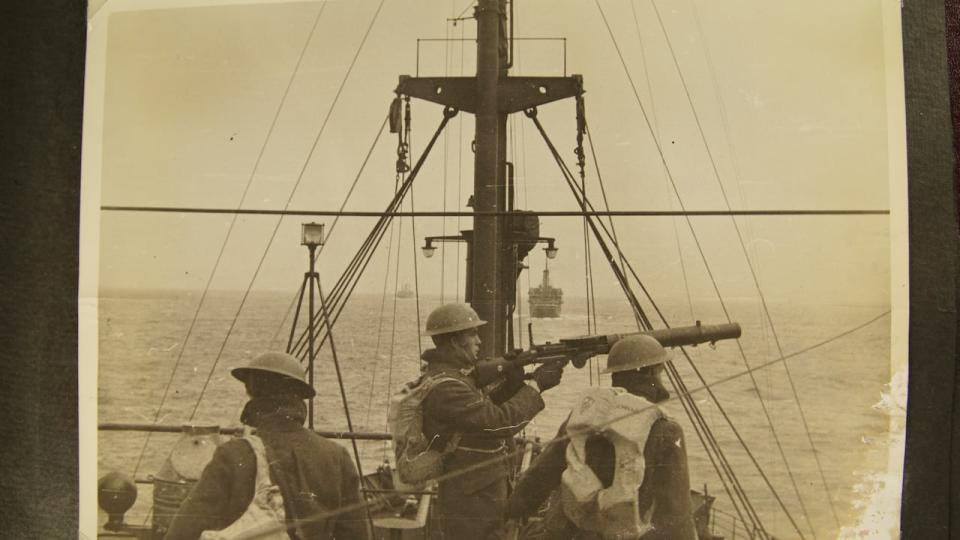
The Bullocks travelled overseas as part of a convoy in December 1939 on a Polish vessel called the Chrobry. (Origin unknown)
In late 1939, the Bullocks deployed to Italy as part of the West Nova Scotia Regiment, a group described by war correspondent Greg Clark as "a rugged Maritime brotherhood of fishermen, miners, farmers, apple growers, not to mention drug clerks, storekeepers, truck drivers, schoolteachers, schoolboys."
They travelled across the Atlantic on a convoy and were on a Polish ship called the Chrobry.
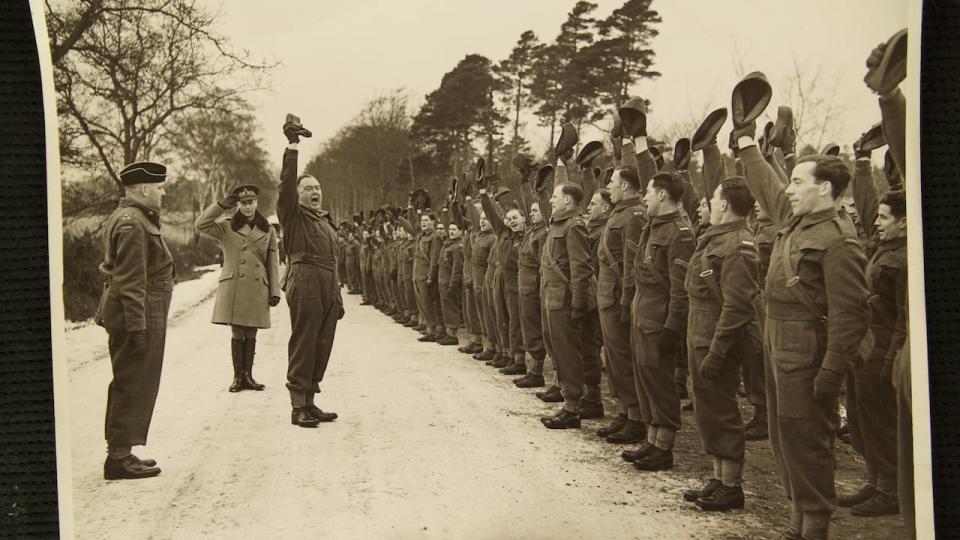
Gerald Bullock leads the West Nova Scotia Regiment through a rousing rendition of Three Cheers for His Majesty on Jan. 24, 1940, in England, during a troop inspection. King George VI is to Bullock's left, saluting. (West Novas: A History of the West Nova Scotia Regiment)
In those days, Gerald, then 55, was commanding the unit, while Reginald was a member.
Gerald was a veteran of the First World War who had served as a chaplain.
"Gerald Bullock was very much part of the foundation of that function in the Canadian army at a time when it was really something new, when the spiritual and mental health of the soldiers that Canada was sending overseas was considered a new phenomenon," said Lee Windsor, a history professor at the University of New Brunswick.
Originally from Cape Breton, Gerald settled in Nova Scotia's South Shore after the war.
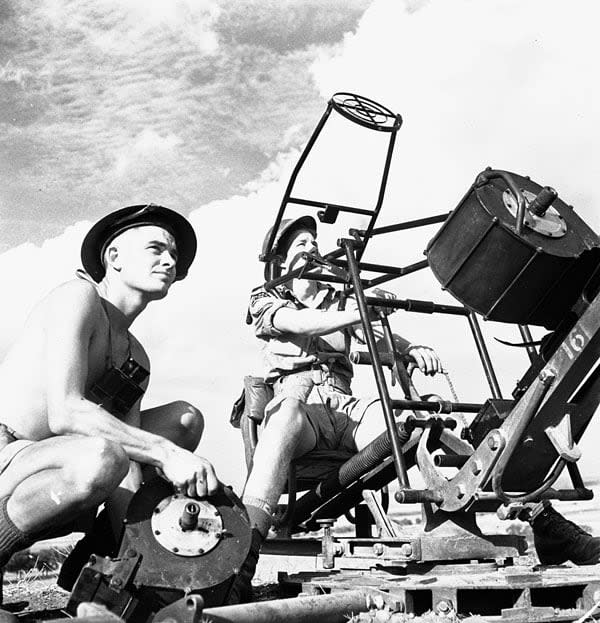
Privates Roger Widdifield, left, of the West Nova Scotia Regiment, and Everett Dewar, Saskatoon Light Infantry (M.G.), attached to the West Nova Scotia Regiment, man an Oerlikon 20 mm. anti-aircraft gun, in Spinazzola, Italy, on Oct. 1, 1943. (Alexander M. Stirton/Canada. Dept. of National Defence/Library and Archives Canada/PA-189891)
Windsor said while many First World War veterans wanted nothing to do with the military after the war, many were active in the militia in the 1920s and 1930s.
"And Gerald was one of them," said Windsor, noting he served as an infantry officer with the 75th Lunenburg Regiment and was later the second-in-command for the unit.
How West Nova Scotia Regiment was started
When the West Nova Scotia Regiment was created in 1936, Gerald was placed in charge. This unit merged militias covering the Annapolis Valley and the South Shore, said Windsor.
Besides training the members, the aim was to get younger officers qualified to take more senior positions within the regiment, said Windsor.
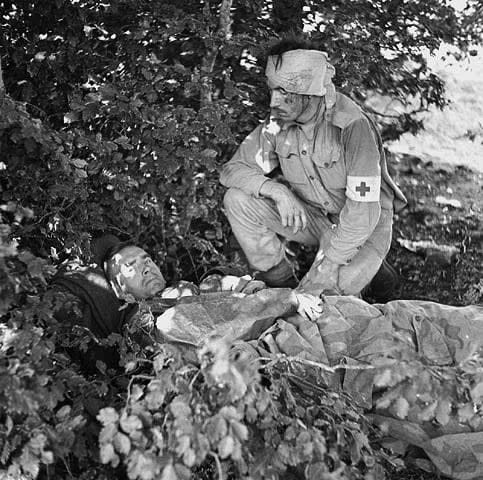
Captain A.W. Hardy, a medical officer with the West Nova Scotia Regiment, lies wounded, with Pte. W.E. Dexter, a unit stretcher-bearer who was wounded in the head, in Santa-Cristina D'Aspromonte, Italy, on Sept. 8, 1943. (Lieut. Terry F. Rowe/Canada. Dept. of National Defence/Library and Archives Canada/PA-115198)
"And then these older fellows could move aside and take on more administrative jobs in the rear," said Windsor.
In 1943, Gerald volunteered to serve as a graves registration officer for the 1st Canadian Division, a position that involved burying Canadians who died in combat.
Reginald's final days
And in January 1944, the Bullocks weren't far apart from each other. As Reginald lay in a hospital bed, a jeep was sent for his father, who was working in the Ortona battlefield a few miles back, according to documents posted to the Canadian Virtual War Memorial.
"He seemed to rally for a long time, talking about home, the regiment in a cheerful voice and apparently resting comfortably," the documents say.
But Reginald's condition took a turn for the worse. His father urged him to lie down and keep what he had to say until later.
"OK, dad," said Reginald, who winked and smiled, but died shortly thereafter on Jan. 3, 1944.
Reginald was buried in a small cemetery across from the field hospital, with his father presiding over the service.
Gerald Bullock returns to Nova Scotia
A Jan. 27, 1944, article in The Toronto Daily Star noted that Gerald's wife welcomed her husband's return home.
"Now that Reg is gone, there is nothing for him to stay for now, though he was the kind of man who loved a good fight," she said.
An April 5, 1944, article in the Star noted Bullock had returned to Canada. He brought back a brass tablet to honour his son. The tablet was to be unveiled in the Holy Trinity Church in Bridgewater, N.S., where Bullock served prior to going overseas.
MORE TOP STORIES

